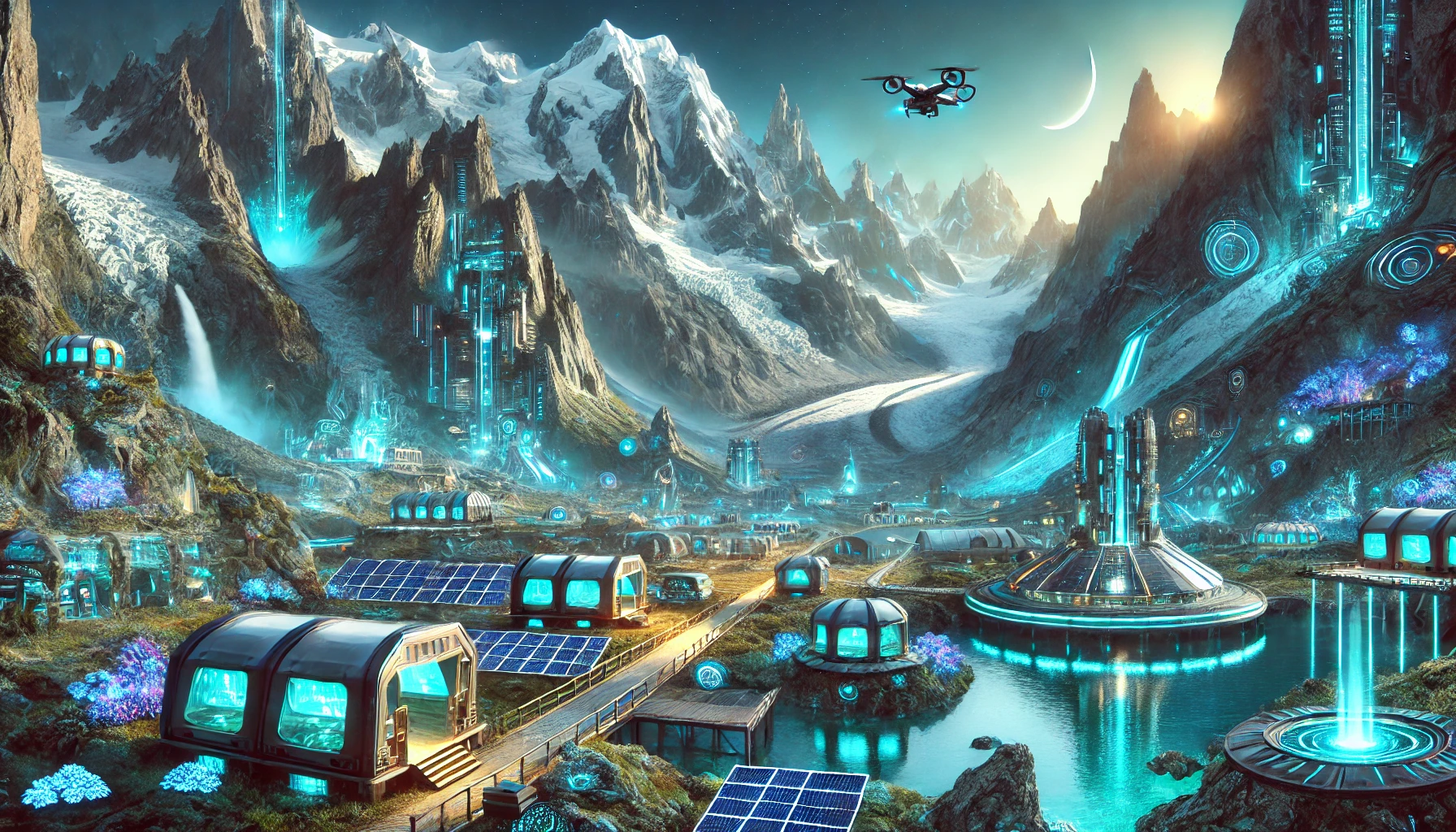
Author(s): João Paulo Figueira

TL;DR: LOESS is a statistical method for fitting curves to data points. A Rust library has been created to implement LOESS, allowing for fast and efficient curve fitting. This library can be used for various purposes such as data analysis and machine learning. Try it out for accurate curve fitting in your projects!
Disclaimer: This post has been created automatically using generative AI. Including DALL-E, Gemini, OpenAI and others. Please take its contents with a grain of salt. For feedback on how we can improve, please email us
Introduction to LOESS in Rust and .NET
LOESS (Locally Estimated Scatterplot Smoothing) is a popular non-parametric regression technique used for smoothing data in statistics. It is commonly used in exploratory data analysis to identify trends and patterns in data. Recently, LOESS has gained attention in the programming world, with the emergence of Rust and .NET implementations. In this blog post, we will explore the concept of LOESS and how it is implemented in Rust and .NET.
Understanding LOESS
LOESS works by fitting a smooth curve to a scatterplot of data points, allowing for a more accurate representation of the underlying trend in the data. Unlike other methods that assume a specific functional form for the data, LOESS does not make any assumptions and can handle non-linear relationships between variables. This makes it a powerful tool for analyzing complex data sets.
LOESS in Rust
Rust is a relatively new programming language that has gained popularity for its speed, memory safety, and concurrency. It is a systems programming language that is well-suited for data-intensive applications. The Rust community has developed several packages for implementing LOESS, including the popular loess-rs package. This package provides a fast and efficient implementation of LOESS in Rust, making it a great choice for data scientists and statisticians working with large datasets.
LOESS in .NET
.NET is a software development platform developed by Microsoft. It is widely used for building Windows applications and web services. The .NET community has also developed several packages for implementing LOESS, including the popular Accord.NET framework. This framework provides a comprehensive set of data analysis tools, including a LOESS implementation. With its user-friendly interface and extensive documentation, it is a great choice for developers looking to incorporate LOESS into their .NET projects.
Benefits of Using LOESS in Rust and .NET
One of the main benefits of using LOESS in Rust and .NET is the speed and efficiency of these implementations. Both Rust and .NET are known for their performance and can handle large datasets with ease. This makes LOESS a viable option for real-time data analysis and visualization. Additionally, the packages available in both languages offer a variety of options for customizing the LOESS algorithm, making it adaptable to different types of data and analysis needs.
Conclusion
In conclusion, LOESS is a widely utilized data analysis method that has proven to be effective in various disciplines including statistics, computer science, and economics. With its ability to handle non-linear relationships and noisy data, LOESS has become a valuable tool for researchers and analysts in making sense of complex data sets. The implementation of LOESS in Rust provides a faster and more efficient option for performing LOESS analyses, making it even more accessible to a wider range of users. As technology and data continue to advance, the use of LOESS is likely to remain prevalent in the future.
Crafted using generative AI from insights found on Towards Data Science.
Join us on this incredible generative AI journey and be a part of the revolution. Stay tuned for updates and insights on generative AI by following us on X or LinkedIn.





